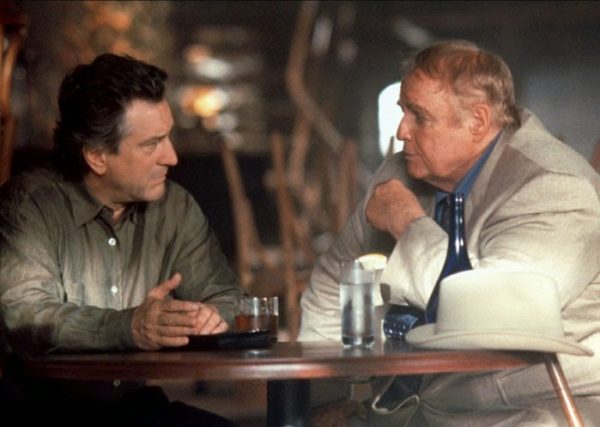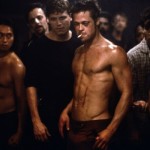The Forgaughtens: The Score (2001)

The “one last job” trope is one of cinema’s most familiar and tired. In 2001, director Frank Oz assembled a red-hot cast (De Niro! Norton! Brando!) to bring his version of this story to the big screen, and … well … it’s pretty familiar and tired. It’s hard to make a forgettable film with De Niro, Norton, and Brando, but forgotten The Score is, and for pretty good reason.
De Niro plays an aging thief, Nick. He’s a skilled pro who follows a couple of hard and fast rules that have kept him out of prison all these years.
1.) Never do a job in Montreal, his home town.
2.) Don’t take any risks. Walk away when anything looks fishy.
Between jobs, he runs a jazz club and enjoys cooking pasta for his girlfriend, Diane (Angela Bassett). She’d love for him to walk away from his side gig, and he’s seriously considering it, but not before he (reluctantly) takes advantage of an opportunity delivered by his old friend, Max (Brando), and an eager newcomer, Jack (Edward Norton).
The MacGuffin object of the score is a 17th century French scepter worth unclear tens of millions of dollars. Unfortunately for Nick, the scepter is securely stored at the Montreal Customshouse, he doesn’t know Jack from anyone, and the usually reliable Max might be in debt and desperate enough for a big payday that he’ll put Nick in a riskier situation than he’s comfortable with.
Some of the behind the scenes stories about The Score would outshine it even if it was a great movie. They’re more or less the exact stories you’d expect – De Niro was difficult, Norton was worse, and Brando literally refused to speak to the film’s director and referred to him as “the puppeteer” to others, sometimes with Oz standing right there. Oz had to make suggestions to De Niro who had to pass them off as his own to Brando before the latter would agree to changing anything about his affect or performance.
It makes you wonder why anyone would want to deal with Brando considering his role is fairly inconsequential, and while it’s mildly amusing to see him putter about in his khaki suit and hat, his presence feels like a great marketing idea more than one that will advance the story somewhere interesting.
Did it work? Well, the film did decently enough in its day, but it was mad expensive. It opened number two back in July 2001 – just a hair under Legally Blonde‘s $20 million opening weekend – and it left theaters having made roughly $71 million domestic. But with three colossal screen personalities headlining the movie and, if we’re being honest, making it exist, the film’s budget ballooned to an astonishing $68 million.
Ultimately, the biggest problem with the film is that it’s a riff on Rififi made by people who either don’t understand what makes Rififi special or aren’t motivated enough to push themselves further in that direction. And while I’ve been hard on the film, I don’t think it’s without merit. The heist scene itself is really tense, and while its twist was fairly predictable, the way it plays out kept me on my toes.
But then I remember garbage like the fact that the heist comes about because Norton’s character pretends to be mentally and physically handicapped, and I’m like, yeah, this one was easy.
The verdict: Rightly forgotten













